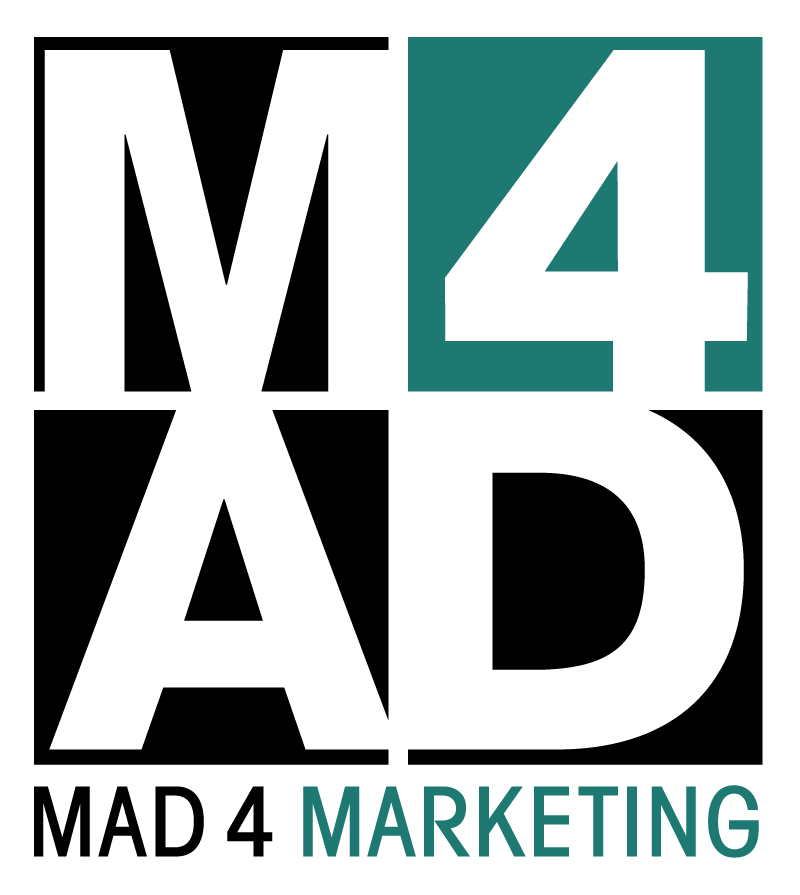Leave it to the fashion crowd to stay on the cutting-edge of social media marketing—and making up new words to help them sound especially superlative and chic.
This past month, Women’s Wear Daily featured an article about the upcoming expansion of the “edvertorial.” Unlike an advertorial, which is an ad that’s framed to look like editorial content, the edvertorial is editorial content with a branded slant so that raising awareness of an individual, product or service can actually constitute as advertising. And now, they’re bringing it more and more to the realm of social media marketing.
Naturally, this is nothing especially new—but the way that it’s being done and how it will be done in the near future is what’s exciting this booming industry. The more that social media opens channels of communications between brands and buyers, the more opportunity there is to promote brands in a personal, relatable and accessible way. By providing the same informed and informative content as always, but with the aim of better positioning the image of a professional or company, the edvertorial blurs the lines between endorsement and edification.
As the article points out, what helps this content stand apart in the expansive arena of social media is that it can be considered more “trustworthy” by readers, which can turn into lucrative legitimization for the businesses featured. And what’s most important, according to Bernd Schmidt of Columbia Business School’s Center on Global Brand Leadership, is that it’s not being forced upon consumers in any marked way; social media actually allows them to opt in and explore the content on their own terms along with all of the rest of their social media exposure–and it provides them with more valued and unbiased content than most advertising, as well. As Schmidt says, “Everybody gains.”
But does edvertorializing (see, we can make up words too!) step on the toes of traditional advertising efforts in the fashion realm? Not according to Ralph Lauren’s executive vice president of advertising, marketing and corporate communications, who says that they’re entirely separate entities in the ways they engage the audience as well as the type of reader they’re connecting with, explaining that online offers more dynamic possibilities for engaging with consumers and familiarizing them with a brand—while single-page print ads still have a strong sway with target audiences who are probably likely to convert to customers. At M4M, we’re merely wondering how long it will take David Lauren (any relation?) to add “edvertorialing” to that impressively lengthy professional title.
The bottom line is that the fashion industry is, like most of us, seeking ways to more quickly and efficiently make connections with online audiences and provide them with the information and motivation to make smart, guided purchasing decisions. It’s more than the immediate sale (although social media does also make this more advantageous with the use of hyperlinks and e-commerce). It’s about forming relationships, boosting brand recognition and exploring the newest frontiers of social media so that you don’t get left in the dust while the world surges forward. One thing to keep in mind, reminds a Donna Karen consultant quoted in the WWD report, is that staying transparent is the best way to exceed when merging advertising and editorial content through social media.
